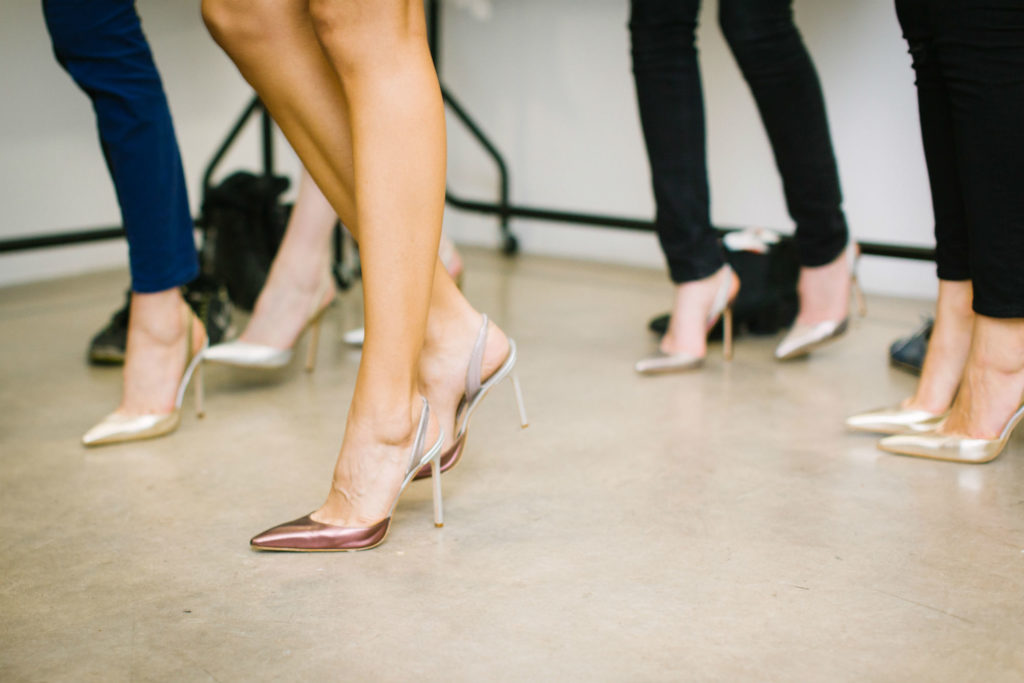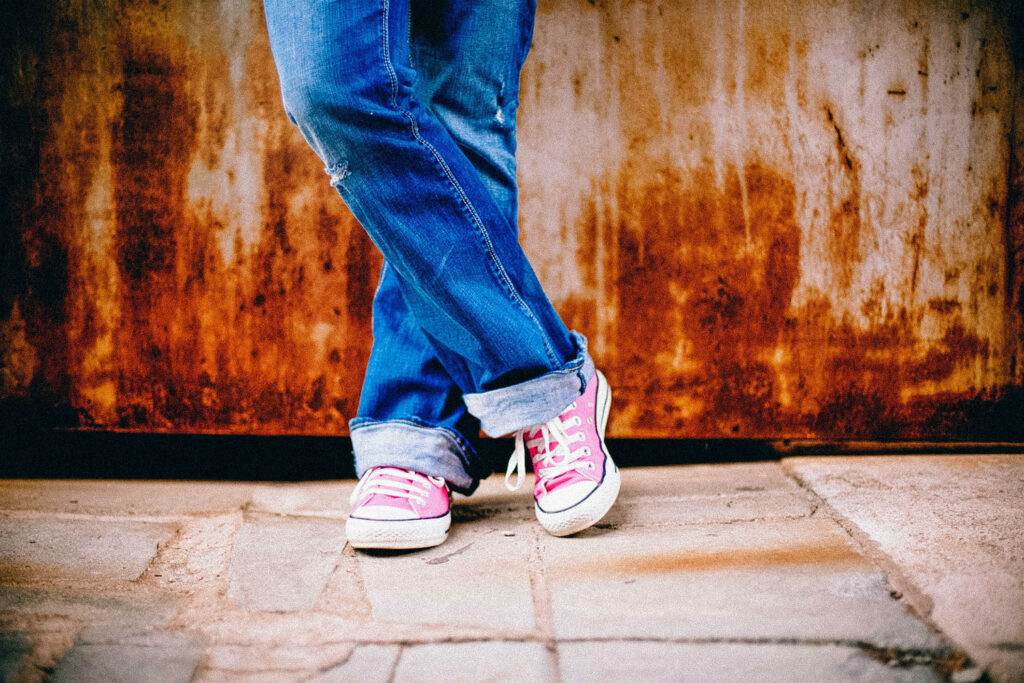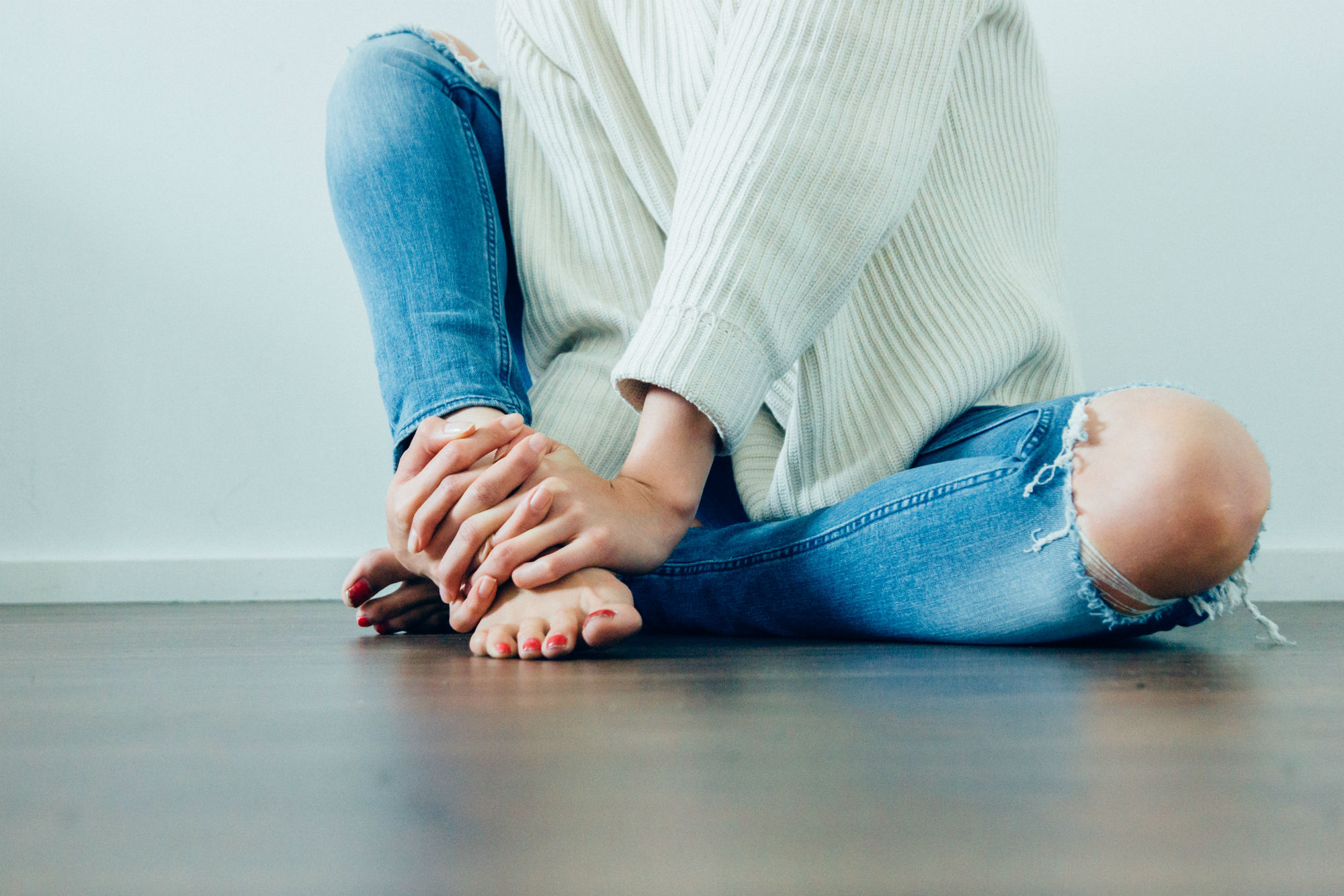Plantar plate injuries are common dance issues that many performers push through without seeking professional advice. What is a plantar plate injury and how does its functionality affect dancers?
The plantar plate sits like a non-stretchy band along the base of the toe bones to protect the metatarsal heads from pressure and toe overextension. Very strong and durable, it also works to stabilise the joints and keeps the toes together. Most common in females, planter plate injuries often occur at the base of the second toe. Flexing the foot or rising to demi pointe will often re-create the pain.
Common Symptoms of a Plantar Plate injury
- Localised pain
- Swelling in the ball of the foot
- One toe may drift to the side
- Toes may spread apart
- Clawed digits
- Hammertoes
Discovering the cause of the plantar plate injury will help develop a customised treatment plan.
Structurally, a dancer may present with:
- A shorter first toe and a longer second toe
- Hypermobile feet
- Bunions
These are common for female ballet dancers because overloading the forefoot in ballet combinations and positions, landing through the feet in jumps, and pirouette high on demi pointe can cause stress and strain on the plantar plate. This causes it to breakdown and become painful.
Similarly, high heel wearers, including ballroom dancers, increase their risk of injury due to forefoot loading or a narrow toe box in shoes. Pointed-toe high heeled stilettos may look flawless, but they are not conducive to your feet functionality.
Plantar plate injuries are commonly seen in the elderly who have long-standing bunions, hammertoes and foot deformities from age, arthritis or previous injury. Players of contact sports also experience this injury due to overextension of their toes.

A podiatrist assessment will look for;
Biomechanical abnormalities:
- Flat feet
- Ankle joint equinus (limited upward bending motion)
- Step length, width and gait timing
Dance-related factors:
- Releve position
- Demi pointe position
- Load
Whether it is a single or combination of risk factors, the main cause of plantar plate injury is abnormal forefoot loading. Over time, this places strain and pressure on the plantar plate and causes damage.

Treatment of Plantar Plate Injury
A variety of treatment options are available, depending on the pain level, severity, duration and cause of the injury. Deciding on a treatment plan that will allow a dancer to heal while not interrupting their professional goals is something to discuss with a podiatrist.
Short-term treatment to reduce pain includes:
- Modify / reduce activity
- Ice
- Rest
- Wear supportive footwear
- Apply a low dye strapping to tape down the toe
- Anti-inflammatory medication
Once the anti-inflammatory medications stop, or the dancer resume their classes, pain will return.

Image: Rugged Motorbike Jeans
For long-term relief the cause of the problem can be addressed through the following methods:
In-shoe padding
Thick felt padding is cut to minimise weight-bearing forces on the metatarsal heads and offload the injured area. The padding can be stuck directly into good footwear, or onto the foot. As this cannot go into a ballet shoe, outside dance class it may be beneficial to wear a good shoe with padding.
Immobilisation with CAM, Stiff Soled Shoe, Post Op Shoe
Immobilisation is a great way to allow a plantar plate injury to heal. These shoes and boots take the pressure off the ball of the foot and allow the sole of the shoe, padding and strapping to facilitate walking and maintain even pressure distribution. These immobilisation aids are very helpful as it is often difficult to rest our legs and feet.
Orthotics
Custom devices, made to fit the individual’s foot, give balance, support and correction. An orthotic device will control the rearfoot and midfoot forces which may be contributing to the overload of the second toe or ball of the foot.
Corticosteroid Injection (CSI)
Depositing a cortisone substance to the exact localised area of pain decreases inflammation and pain. The injection is given under ultrasound guidance to ensure that the needle is precisely inserted. For a dancer, this quick fix may get them through the next event, but it is not an effective long term solution.
Surgical Repairs
If conservative treatment measures have not succeeded, the next option is to get a surgical opinion.
It may be as simple as sewing the plantar plate tear back together but, if the tear is complex, it may require anchoring to the bone and repair of many ends, splits and tears. There may be other problems, such as hammertoes, that can be corrected at the same time.
During the four-to-eight week recovery period, you will be required to stay off the foot and may need the aid of crutches, a surgical shoe or CAM walker. Dancers who feel unable to take this time off in their career may not consider surgery. There is also a possibility that, post surgery, the plantar plate will re-rupture if the patient continues dancing and spending time on the ball of their foot.
If you are experiencing symptoms, it is best to get in early and see the professionals. Book in with a sports podiatrist for a biomechanical assessment; they will tailor conservative management strategies, plus footwear and orthotic advice, specifically for you.







0 Comments